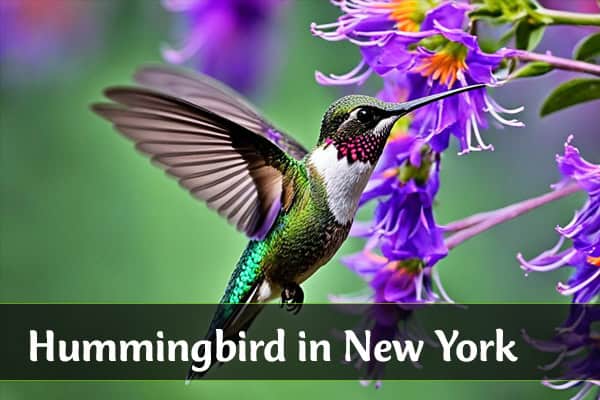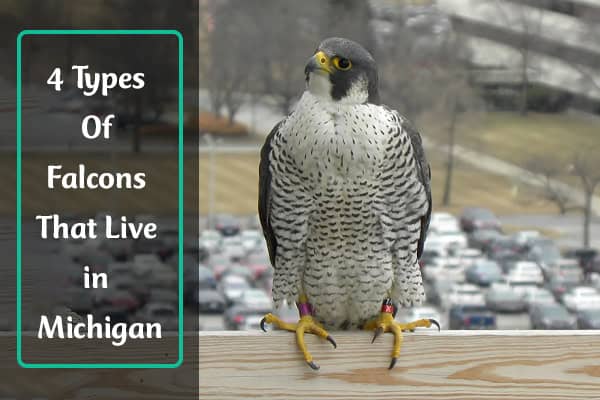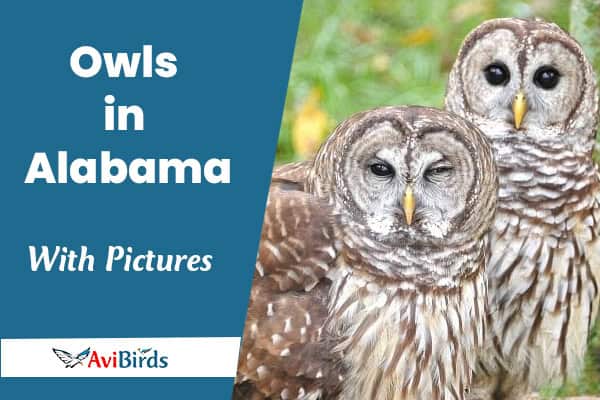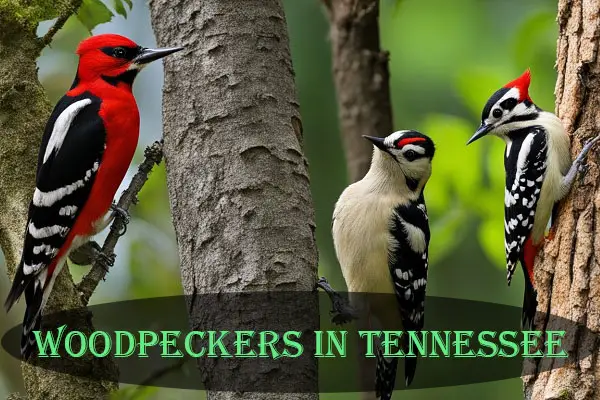4 Hummingbird Species in New York (ID Guide With Pictures)
Have you ever seen a tiny, shiny bird fly over a flower, its wings moving too fast to see? If yes, you might have seen a hummingbird in New York. These birds are found in the Empire State, from the common ruby-throated hummingbird to the rare Anna’s, rufous, and calliope hummingbirds. They are a joy to watch.
This article will tell you about the four hummingbird species in New York. We’ll look at their unique traits, where they live, and how they act. Get ready to learn about these small, beautiful birds and their lives in the Big Apple.
1. Ruby-throated hummingbird
- Scientific name – Archilochus colubris
- Lifespan – 3-5 years
- Size – 7 to 9 cm
- Weight – 2 to 6 g
- Wingspan – 8 to 11 cm
The ruby-throated hummingbird is the most common hummingbird in New York. These birds are small and have vibrant, shimmering throats. In spring and summer, they visit flowers to eat nectar and catch insects.
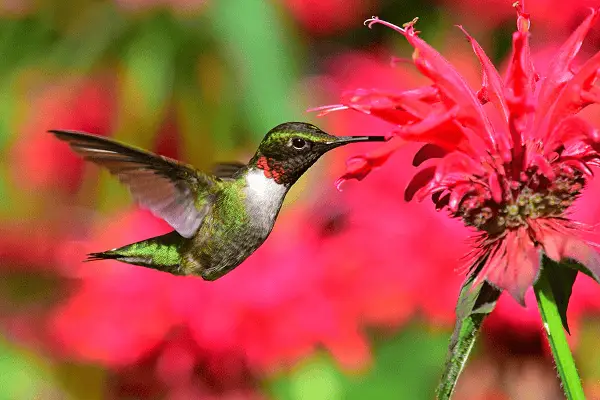
Distinctive Features
The ruby-throated hummingbird is a natural wonder. It’s tiny, measuring 3-4 inches long and weighing less than a nickel. Its most eye-catching feature is the bright, ruby-red throat that shines in sunlight.
These birds are also incredibly agile. They can hover, fly backward, and perform amazing aerial stunts. Watching them in your garden or a park is a treat.
Behavior and Feeding Habits
- Ruby-throated hummingbirds are solitary and defend their territory fiercely, often fighting in the air.
- They are important pollinators, visiting many flowers daily to gather nectar.
- They also eat small insects and spiders, which give them important nutrients.
| Appearance | Behavior | Habitat |
|---|---|---|
| Iridescent ruby-red throat, green back and crown, white underparts | Highly territorial, aggressive towards other hummingbirds, excellent flyers | Woodlands, gardens, parks, and areas with abundant flowering plants |
The ruby-throated hummingbird is a marvel of the bird world. It enchants birdwatchers and nature lovers with its beauty and flying skills. Look out for these tiny gems as you enjoy New York’s outdoors.
2. Anna’s Hummingbird
- Scientific name – Calypte anna
- Lifespan – 8-9 years
- Size – 10 to 11 cm
- Weight – 2.8 to 5.7 g
- Wingspan – 12 cm
The Anna’s hummingbird is a rare sight in New York, mostly found near the coast. It’s from the western United States and Canada. Sometimes, it shows up in New York during winter, away from its usual home. Let’s learn about this special bird’s traits and habits.
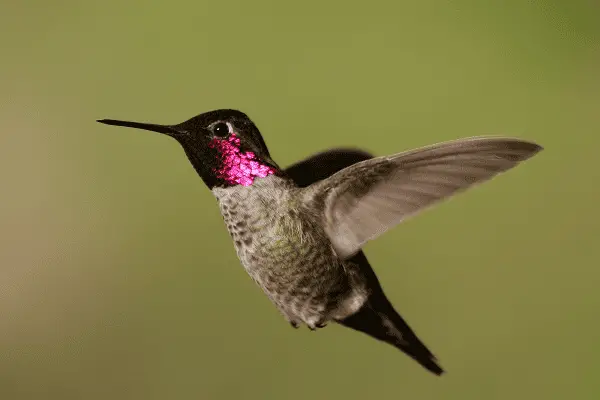
The anna’s hummingbird stands out with its bright, shiny head and throat. These small birds weigh only 3-4 grams. They can fly in any direction, including backward, and do amazing aerial tricks.
Unlike other hummingbirds, Anna’s hummingbirds live in their area all year. So, you might see them in coastal New York during winter. They’re used to the cold and snow, making them tough birds.
If you see an Anna’s hummingbird in New York, watch how it behaves. These birds are protective of their food spots and may show off in the sky. Be ready to snap a photo, as seeing this rare bird is a treat for bird lovers.
3. Rufous Hummingbird
- Scientific name – Selasphorus rufus
- Lifespan – 3-5 years
- Size – 8 cm
- Weight – 2–5 g
- Wingspan – 11 cm (4.3 in)
The rufous hummingbird is a standout among New York’s hummingbirds with its bright orange-red feathers. These birds come from the western United States and Canada. They are known for being bold and making long journeys.
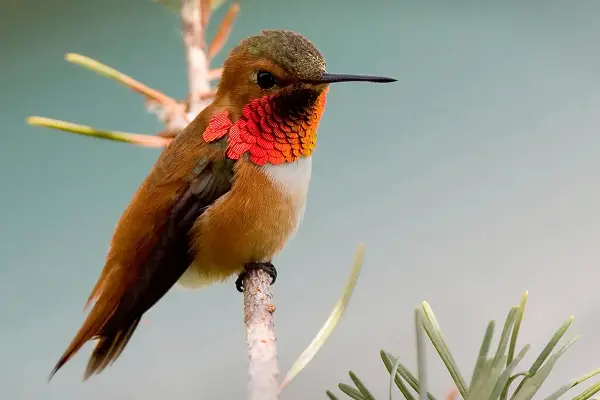
Identifying This Vibrant Visitor
The rufous hummingbird is easy to spot because of its bright colors. Males have a stunning orange-red head, back, and tail. Females look more green and brown. Both have a long, thin bill and beat their wings very fast, up to 80 times a second.
Even though they are small, rufous hummingbirds are very protective of their food spots. They will chase away other birds, big or small. This makes them fun to watch for bird lovers in New York.
| Characteristics | Description |
|---|---|
| Size | 3-4 inches long |
| Wingspan | 4-5 inches |
| Weight | 2-5 grams |
| Plumage | Males: Bright orange-red head, back, and tail Females: Green and brown with white underparts |
| Wing Beats | Up to 80 flaps per second |
If you’re lucky enough to see a rufous hummingbird in New York, it will be an unforgettable experience. This bold and colorful bird from the West is sure to impress.
4. Calliope Hummingbird
- Scientific name – Selasphorus calliope
- Lifespan – 5-7 years
- Size – 7 to 10 cm
- Weight – 2 to 3 g
- Wingspan – 8-11 cm
Get ready to be amazed by the calliope hummingbird, the smallest bird in North America. These tiny birds weigh only 2-3 grams. They are a rare and beautiful sight in New York.
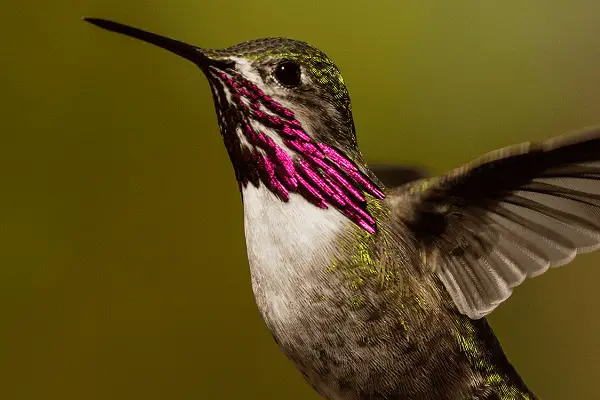
The calliope hummingbirds have a unique purple gorget and white stripes. They are among the many hummingbirds in the area. Even though they are rare, bird lovers enjoy seeing them.
A Rare and Delightful Sight
The calliope hummingbird is the smallest bird in North America and one of the smallest globally. Its small size and beautiful colors make it hard to see. But spotting one is very rewarding for birdwatchers.
If you want to see a calliope hummingbird in New York, watch during spring and summer. These birds migrate through the area then. With patience and a sharp eye, you might see this tiny bird.
Hummingbirds in New York: Where to Spot Them
If you want to see the ruby-throated hummingbird, Anna’s hummingbird, rufous hummingbird, or calliope hummingbird in New York, you’re in luck. There are great places to see these amazing birds.
The ruby-throated hummingbird is common in New York. You can find them in many places, like backyard feeders, gardens, and woods. They love areas with lots of flowers that have nectar.
The anna’s hummingbird, rufous hummingbird, and calliope hummingbird are less common in New York. But, you might see them in coastal areas or places with special habitats. Look for them in natural refuges, wildlife sanctuaries, and some gardens.
- Montauk Point State Park: This park is known for its beautiful cliffs and coastal areas. It’s a great place to see rare hummingbirds, including the Anna’s hummingbird.
- Prospect Park, Brooklyn: This big park in New York City is a favorite spot for birdwatchers. The ruby-throated hummingbird often visits here.
- Adirondack Mountains: The different ecosystems in this area, like high-altitude meadows and forests, might let you see the tiny calliope hummingbird.
Whether you’re an expert birdwatcher or just love nature, looking for these hummingbirds in New York is exciting. It’s a great way to connect with nature. Happy birding!
Attracting Hummingbirds to Your Garden
Make your garden a haven for hummingbirds by offering what they need. These birds love gardens with nectar-rich flowers, feeders, and water. The ruby-throated, anna’s, rufous, and calliope hummingbirds will visit such gardens.
Creating a Welcoming Environment
Start by planting flowers full of nectar. Ruby-throated hummingbirds like fuchsias, petunias, and trumpet vines. Anna’s and rufous hummingbirds enjoy lantana, salvia, and bee balm. The calliope hummingbird prefers smaller flowers like columbine and cardinal flowers.
Also, add feeders with nectar for a steady food supply. Put them near windows or where you can watch them easily. Keep the feeders clean and full to attract these territorial birds.
Don’t forget a water source like a birdbath or fountain. Hummingbirds need water for drinking, bathing, and staying cool.
With these elements, your garden will welcome ruby-throated, anna’s, rufous, and calliope hummingbirds. Enjoy the beauty of these birds in your garden.
The Fascinating Behaviors of Hummingbirds
Get ready to be amazed by the ruby-throated, Anna’s, rufous, and calliope hummingbirds. These small birds show off incredible skills that make birdwatchers and nature lovers marvel.
Hummingbirds flap their wings up to 80 times a second. This lets them hover, fly backward, and do amazing aerial tricks. Watching them move from flower to flower, taking nectar with their long bills, is truly a sight.
They are also known for their beautiful courtship dances. Male ruby-throated hummingbirds perform a stunning dance. They dive and zip through the air to win over potential mates. Their feathers shine brightly as they do these aerial stunts.
But hummingbirds aren’t just graceful; they can be quite protective too. The rufous hummingbird is very protective of its food spots. It will chase away any bird that comes too close. This shows how determined these small birds can be.
Watching hummingbirds is a real treat for nature lovers. Their fast moves, beautiful dances, and protective nature are all fascinating. Dive into the world of these beautiful birds and see their amazing behaviors for yourself.
Hummingbird Conservation Efforts
The ruby-throated, Anna’s, rufous, and calliope hummingbirds are vital for our ecosystem as pollinators. They help keep our plants healthy. But, they face threats like habitat loss, climate change, and human impact. Luckily, there are efforts to protect these birds and keep them in New York and beyond.
Protecting These Precious Pollinators
Groups and agencies are working to save the places hummingbirds live. They focus on keeping native plants, offering nectar gardens, and reducing harmful chemicals. By doing this, we can help these birds thrive and keep their beauty around us.
You can help too by making your yard a safe place for hummingbirds. Plant native flowers and trees that give them food and homes. Use organic gardening and put up feeders for them, especially when they migrate.
Supporting conservation and making our spaces friendly for hummingbirds helps protect these pollinators. Together, we can keep the ruby-throated, Anna’s, rufous, and calliope hummingbirds around. They add beauty and diversity to our world.
Check Our Previous Articles:
Frequently Asked Questions
Q1. Are hummingbirds in New York?
Yes, hummingbirds can be found in New York, particularly during their migration periods in spring and summer.
Q2. How to attract hummingbirds in New York?
You can attract hummingbirds by planting native flowering plants like bee balm, cardinal flower, and trumpet vine. Providing a hummingbird feeder with a sugar water solution (4 parts water to 1 part sugar) also helps.
Q3. When should I put out my hummingbird feeder in New York?
It’s best to put out your hummingbird feeder in New York in late April to early May, as this coincides with the arrival of hummingbirds in the region.
Q4. What hummingbirds are in western New York?
In western New York, you can find species like the Ruby-throated Hummingbird, which is the most common hummingbird in the region.

